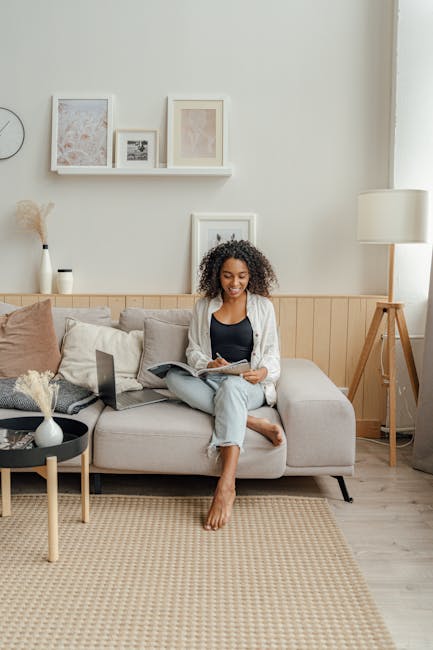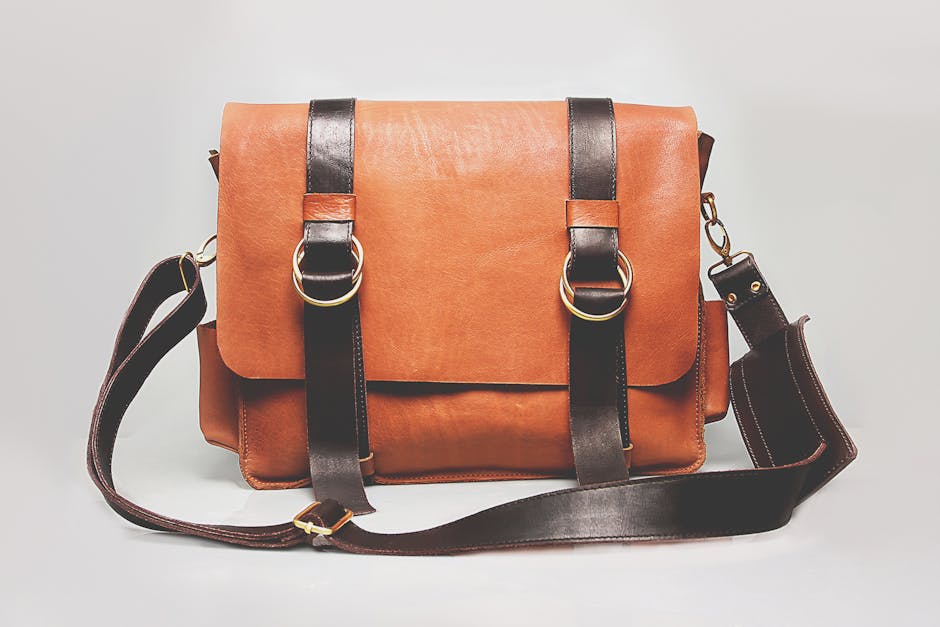The Art of Layering: Using Rugs
Introduction
Layering rugs is an increasingly popular design trend that adds depth, texture, and visual interest to any space. More than just practical floor coverings, rugs can be used strategically to define zones, enhance color palettes, and create a cozy, inviting atmosphere. This article delves into the art of layering rugs, providing expert tips and tricks to elevate your home decor.
The Art of Layering Rugs: A Comprehensive Guide
Why Layer Rugs?
- Adds Visual Interest: Layering creates a dynamic focal point, preventing your room from feeling flat and predictable.
- Defines Zones: Use rugs to visually separate areas within an open-concept space, such as a living room and dining area.
- Increases Comfort: Soft layers underfoot enhance comfort and warmth, especially in rooms with hard flooring.
- Hides Imperfections: Strategically placed rugs can conceal unsightly stains or damage to existing floors.
- Enhances Your Style: Layering allows you to incorporate multiple textures, patterns, and colors, expressing your unique design aesthetic.
Choosing Your Base Rug
The foundation of any successful rug layering scheme is a suitable base rug. Consider these factors:
- Size: The base rug should be large enough to anchor your furniture arrangement and define the overall space.
- Material: Durable, neutral materials like jute, sisal, or seagrass work well as base rugs, providing a textural foundation without overpowering the other layers.
- Color: Opt for a neutral color palette that complements your existing furniture and decor. Consider natural tones like beige, gray, or cream.
- Shape: Rectangular or square rugs are typically used as base rugs, providing a consistent and balanced foundation.
Selecting Your Top Rug
The top rug is where you can inject personality and visual flair. Consider these guidelines:
- Size: The top rug should be smaller than the base rug, creating a layered effect. Aim for approximately half to two-thirds the size of the base rug.
- Material: Explore different textures and materials to add visual interest. Consider wool, silk, or shag rugs for a luxurious feel.
- Color and Pattern: This is your opportunity to introduce color, pattern, and personality. Choose a rug that complements or contrasts with the base rug and your existing decor.
- Shape: Don’t be afraid to experiment with different shapes. A round or oval rug can soften the look of a rectangular base rug.
Arrangement Techniques
Experiment with different rug arrangements to achieve your desired aesthetic:
- Centered Layer: Position the top rug in the center of the base rug, creating a focal point in the room.
- Offset Layer: Slightly offset the top rug to one side, creating a more dynamic and asymmetrical look.
- Corner Layer: Place the top rug in one corner of the room, creating a cozy and inviting nook.
- Overlapping Layers: Partially overlap the two rugs, allowing a portion of the base rug to peek out from underneath.
Styling Tips for Layered Rugs
- Consider the scale of your furniture: Ensure the rugs complement the size and proportions of your furniture.
- Balance textures and patterns: Mix and match textures to create visual interest, but be mindful of overwhelming the space with too many competing patterns.
- Use rug pads: Rug pads prevent slippage, protect your floors, and add extra cushioning underfoot.
- Think about foot traffic: Choose durable materials that can withstand high foot traffic areas.
- Don’t be afraid to experiment: The best way to find the perfect rug layering combination is to experiment with different styles and arrangements.
Conclusion
Mastering the art of layering rugs can transform your living space, adding depth, texture, and personality. By carefully considering the size, material, color, and arrangement of your rugs, you can create a visually stunning and comfortable environment that reflects your unique style. So, embrace the creative process and unlock the potential of layered rugs to elevate your home decor.




Post Comment